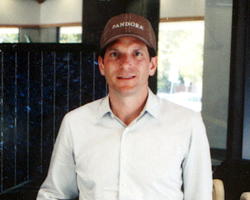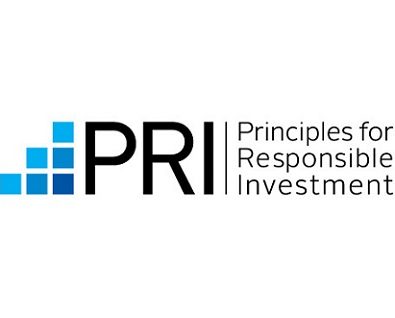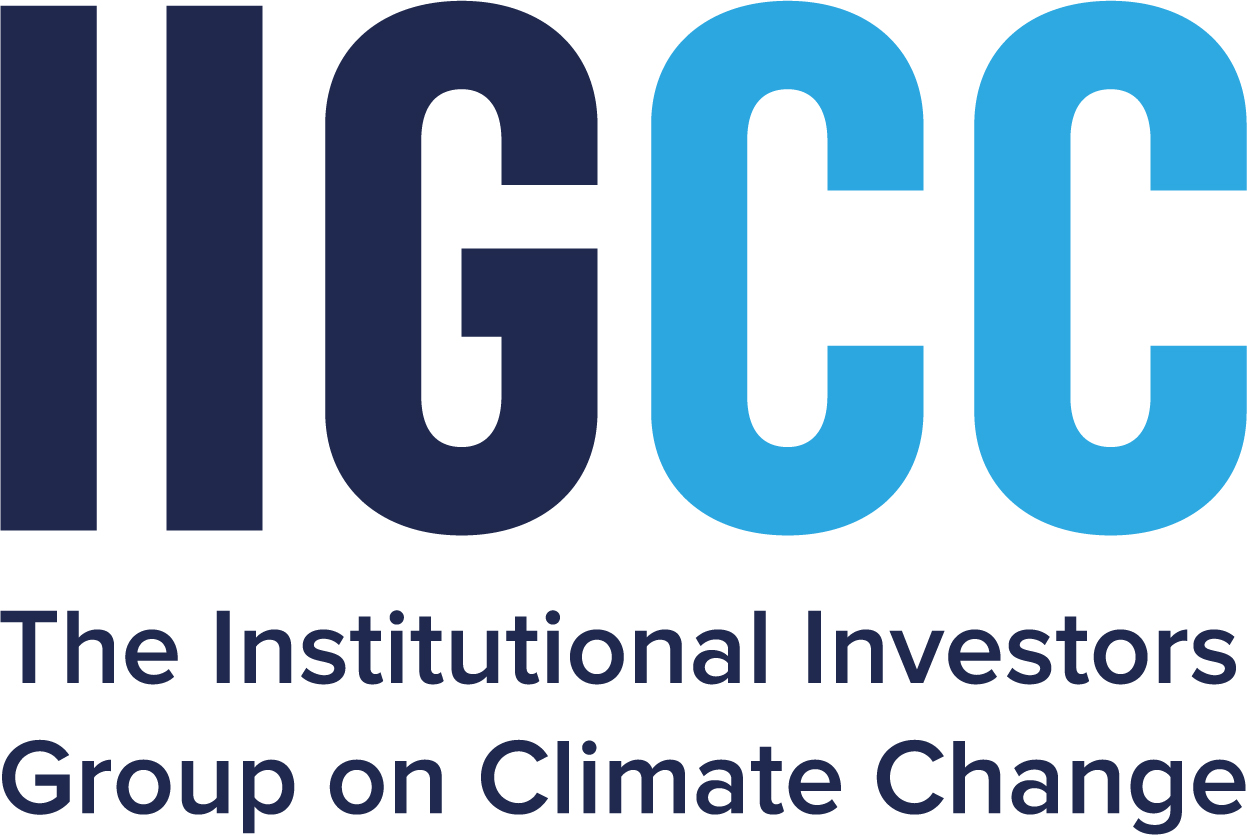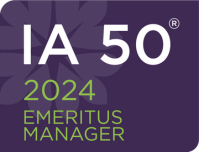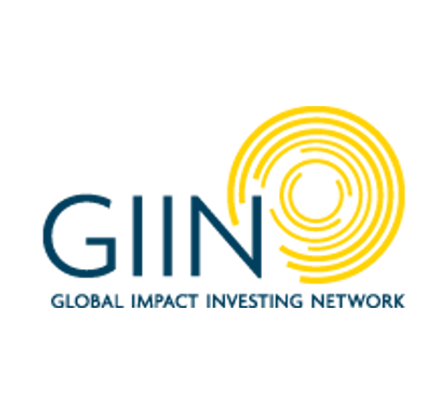That’s what employees of Internet music and DBL portfolio company Pandora are giving kids in Oakland, California schools. Why would a VC firm encourage its investment companies to do this? To show how companies with active community outreach programs make a difference where they’re based, and deliver superior financial returns — the Double Bottom Line.
This post in Yale Insights, from the Yale School of Management details DBL Partners’ approach and why it’s working for a growing number of companies that are winning their respective markets. The original article ran in 2008, but the messages resonate even louder today.
A group of third graders bumped into Steve Hogan as he walked in the door of Futures Elementary School in East Oakland on the last day of school. Their eyes got wide. They began jumping up and down in excitement, saying, “Do we have music class today?” After a dozen two-and-a-half-hour sessions, Hogan says, “It was gratifying to know they were still looking forward to it” — even in the last hours before summer vacation.
Hogan is a professional musician and the music operations manager for the internet radio company Pandora. This past year, he was among 10 employees of the Oakland-based company who created and presented a music curriculum at the nearby school, which had lost its arts programs to budget cuts. The lessons introduced the various families of instruments and even explained some music theory, using a great deal of live performance from the Pandora volunteers, who are all also professional musicians. The classes culminated in students singing or rapping on tracks that were then mixed into CDs.
It may be surprising to learn that the volunteer project was prompted by one of the venture capital firms funding Pandora, DBL Partners. Perhaps more surprising is the fact that Seth Miller, a partner at DBL, participated in every session. Miller rallied Pandora volunteers and worked with them to ensure that the program became self-sustaining. In the process, he built connections at Pandora. “We get to know our companies in ways that other investors may not, so we’re better able to help and guide them on behalf of our limited partners, who are expecting us to generate superior returns,” Miller says.
DBL stands for Double Bottom Line. Like any VC firm, its goal is to make money. But an additional focus — its second bottom line — is social, environmental, and economic improvement in the San Francisco Bay Area’s low- and moderate-income neighborhoods. Nancy Pfund ’82 created the company when she spun the $75 million Bay Area Equity Fund off from JPMorgan in early 2008.
Though many of the firm’s investments have an environmental angle, such as the electric car company Tesla or BrightSource Energy, which builds and operates solar power plants, DBL doesn’t use positive screens (“we invest only in companies that do x”) or negative screens (“we won’t invest in companies that do y”), as many venture investors with a second bottom line do. Miller says, “Our philosophy is that every company has an impact on the community around it. If that company is aware of that impact, proactively seeks to improve, and executes every year, the ripple effect is huge.”
“Hopefully we’re working with companies which, at some point, are going to grow to have many employees. We can influence them at an early stage — make the second bottom line part of their DNA,” Miller adds.
Pandora was attractive, from a second-bottom-line perspective, because it is bringing good jobs to Oakland and employs musicians, who are typically underemployed, with low incomes, and have a hard time finding jobs flexible enough to continue performing. But, DBL founder Nancy Pfund points out, the mission-driven part of the work continues only if the returns are there. “We made an investment with them, first and foremost, because we think Pandora is a game-changing company with potential to be very successful.”
Much of that potential comes from the intellectual property at the heart of the company: a massive database called the Music Genome Project. Each of the 600,000 songs in the ever-growing database has been analyzed for some 400 attributes by Pandora’s staff of 45 headphone-clad musicians, who spend their workdays listening to music, typically dedicating 20 to 30 minutes to each song.
The database lets Pandora users create free, custom radio stations on their computers. Simply enter the name of an artist or a song and the Music Genome Project plays music with similar characteristics in the vocal style, instrumentation, rhythm, or melody.
In its third year since launching the website, Pandora is on track to achieve $20 million in sales for 2008, almost entirely from ads. “Ultimately our goal is to be the biggest provider of radio in the world,” Joe Kennedy, the CEO of Pandora, says. He adds that with more than 15 million users Pandora is already the largest internet radio service, and has grown quickly in recent months, in large part because its iPhone application is among the most popular for the Apple device.
While venture capitalists generally look for particular qualities in investments, it often matters less to companies where their money is coming from. Kennedy says, “Every good venture capitalist knows to look for differentiation in the strategy or assets of a potential investment. Ironically, VCs themselves are not at all differentiated. From the standpoint of a company looking for investment, they tend to look and sound alike, at a firm level.” DBL is a venture capital group that stands out, Kennedy says. “Seth is the only VC the employees could name.”
From a typical business perspective, some of DBL’s approach may seem indirect, but the firm sees its role as fostering a healthy ecosystem, including the companies it invests in and their surrounding communities. For example, the digital media business is in a dispute with the music industry over fair and appropriate compensation of royalties, a fight that has moved to Washington. When Pandora wanted to talk to members of Congress, it turned out that the U.S. Representative for Oakland, Barbara Lee, had already heard about Pandora’s project at Futures Elementary School and was eager to meet with the company.
Nancy Pfund says that this sort of full-circle impact of the involvement with the community isn’t unusual. “We have seen it so many times that we’re convinced that this is a very powerful business tool, as well as a social tool.”
Kennedy explains the business impact of DBL’s second bottom line this way: “Their social purpose makes them much more connected to government and politics than a normal VC firm.” One of those differentiating skill sets the company offers is the ability to work with state, local, and national government agencies. In one case that meant finding employment pools for entry-level positions through local workforce development boards. In another it was helping to secure a package of about $200,000 in tax and other incentives from San Francisco for solar system installer SolarCity to locate a training center in a low-income neighborhood as an anchor for revitalization efforts.
“A lot of what we do is educate entrepreneurs about the programs that exist to attract businesses into these enterprise zones,” Pfund says. “It’s just not part of the knowledge set of the entrepreneurial economy. So we do a lot of connecting the dots.”
“Our whole thesis is based on promoting public-private partnerships,” she adds. “It takes a very dedicated and formal commitment to reaching out to the public sector in order to get these things done.” Pfund describes assisting Tesla Motors with gaining a package of incentives from the state of California worth $15 million to locate its electric car manufacturing facility there. That prompted a $20 million offer from New Mexico that was accepted.
“When the company decided to bring the plant back to the Bay Area, we were involved, but they had already learned how to do it, so they didn’t need as much involvement from us. They kind of ran with it and got the governor to sit down with them. That’s immensely gratifying, to see that once you educate and make people aware of the benefits of this approach, they can go and do it themselves,” Pfund says.
The focus on teaching companies to engage with their commu-nities and find solutions to complex issues through public-private partnerships seems to be paying off financially. Four years in, with two liquidity events and several companies having completed additional rounds of funding, DBL’s portfolio is tracking in the top quartile of funds of the same age. Next up, a critical issue without any glamor but countless interested parties: the transmission infrastructure. BrightSource Energy is preparing to generate solar power on a large scale. “If you generate hundreds of megawatts of solar power in the Mojave Desert, that’s wonderful, but if you don’t have a transmission grid to take that power to the centers of population that need it, that’s a problem. And the minute you start getting into building transmission infrastructure, you are in a morass,” Pfund says. Referring to the support provided by San Francisco for the SolarCity job training center, she says, “That’s sort of Public Outreach 101, but transmission infrastructure is a post-graduate seminar.”


